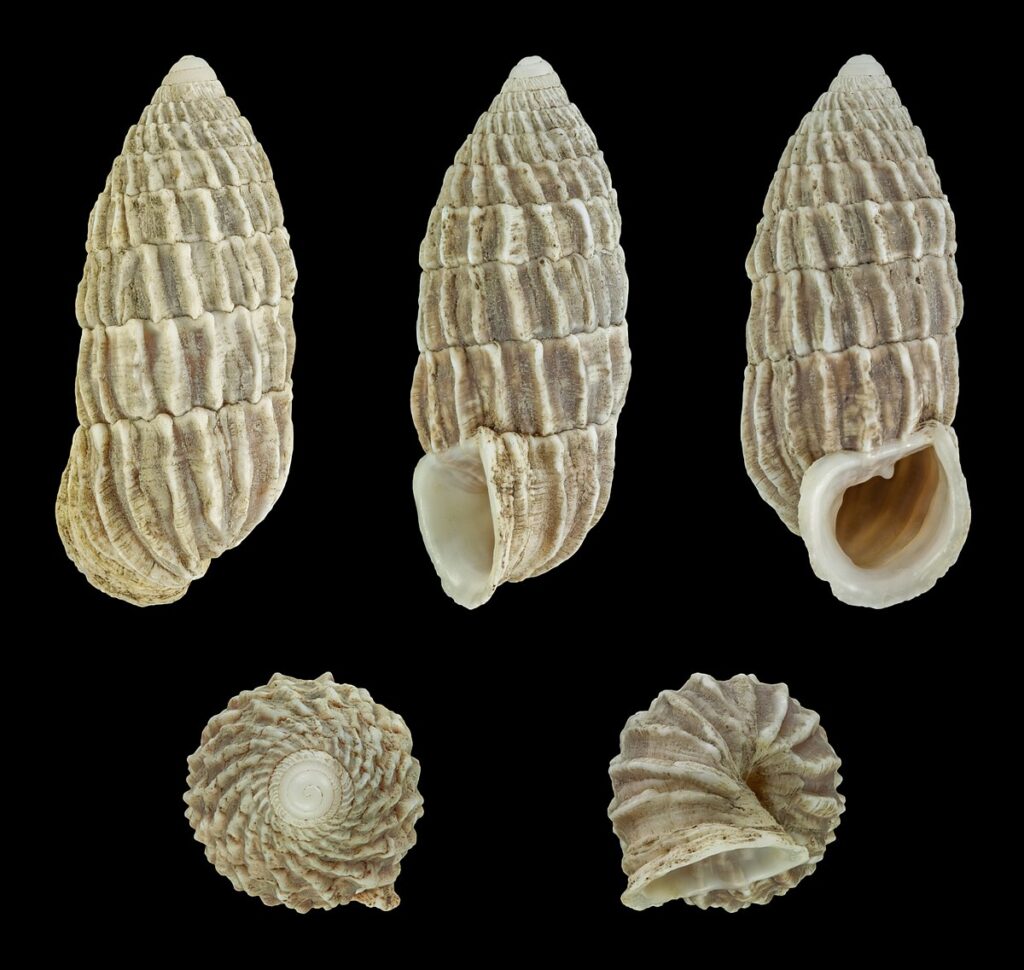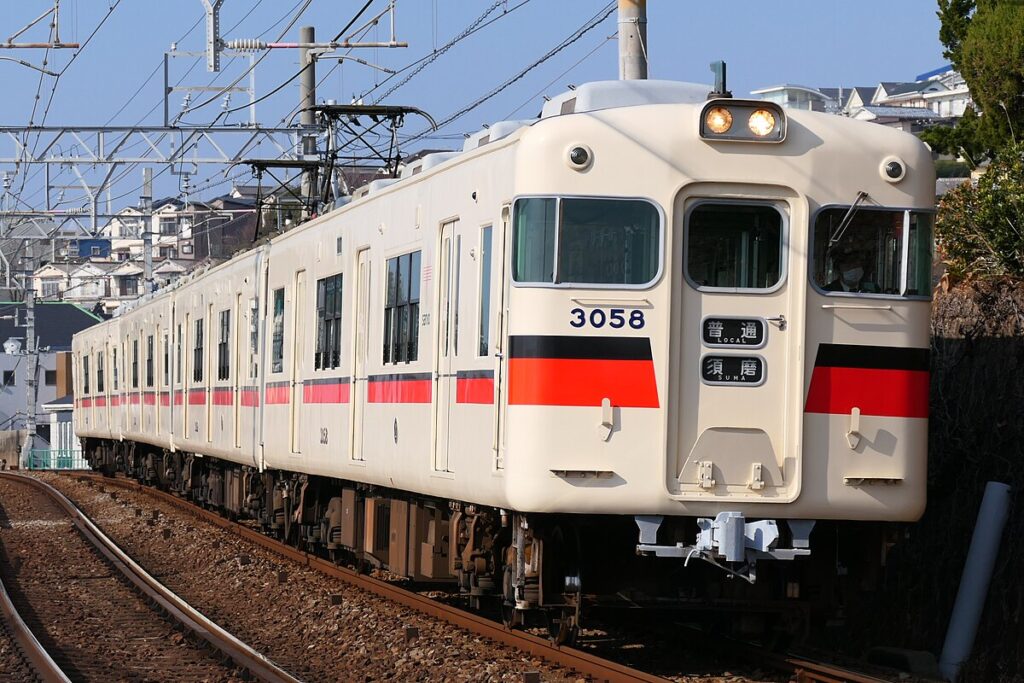-

Nikko Edo Village (Nikko City, Tochigi Prefecture)
Nikko Edo Village (Nikko City, Tochigi Prefecture) Overview (History, Features, and Attractions) Nikko Edo Village (Edo Wonderland) is a theme park that recreates the townscape and lifestyle of the Edo period. Townhouses, merchant houses, and samurai residences have all been faithfully recreated, and staff dressed as samurai, ninjas, townspeople, geisha, and more... -

Notojima Glass Art Museum (Nanao City, Ishikawa Prefecture)
Overview (History, Features, and Appeal) The Notojima Glass Art Museum is a museum specializing in glass art located on Notojima Island in Nanao City, Ishikawa Prefecture. The museum primarily houses and exhibits works by contemporary glass artists from Japan and abroad, showcasing glass pieces that utilize transparency and the expression of light. -

Asukadera Temple (Asuka Village, Takaichi District, Nara Prefecture)
Overview (History, Features, and Attractions) Asukadera Temple is an ancient temple located in Asuka Village, Takaichi District, Nara Prefecture, and is one of the most important temples in the history of Japanese Buddhism. According to legend, it was founded by Soga no Umako between the end of the 6th century and the 7th century, and was originally called Hokoji Temple. -

Tanukikoji Shopping Street (Chuo Ward, Sapporo, Hokkaido)
Overview (History, Features, and Attractions) Tanukikoji Shopping Street is a covered arcade shopping street in Chuo Ward, Sapporo, Hokkaido, a historic commercial area dating back to the Meiji era. Stretching east to west for approximately 900m to 1km, it is made up of blocks 1-chome to 7-chome, and is home to restaurants, souvenir shops, clothing stores, and more. -

Akame 48 Waterfalls (Nabari City, Mie Prefecture)
Overview (History, Features, Attractions) Akame Shijuhachitaki (48 Waterfalls) is a series of valleys and waterfalls located in Akame Town, Nabari City, Mie Prefecture. The name "48 Waterfalls" symbolizes the large number of waterfalls. The area is home to a variety of large and small waterfalls and pools carved into the rocks by clear streams, moss-covered rock faces, and lush greenery. -

Mount Tanigawa (Minakami Town, Tone District, Gunma Prefecture)
Mount Tanigawa (Minakami Town, Tone District, Gunma Prefecture) Overview (History, Features, and Attractions) Mount Tanigawa (1,977m above sea level) is located on the border between Minakami Town, Tone District, Gunma Prefecture, and Niigata Prefecture, and is one of the most representative mountains of the Joetsu border. It is characterized by steep rock faces, deep valleys, and scenery that changes with the seasons, making it particularly... -

Daibosatsurei (Koshu City, Yamanashi Prefecture)
Overview (History, Features, and Attractions) Mount Daibosatsu is a mountain located in Koshu City, Yamanashi Prefecture, with an elevation of approximately 2,057 meters. It is the main peak of the Daibosatsu mountain range. Part of Chichibu-Tama-Kai National Park, it is characterized by its gentle ridgeline and excellent views. Since ancient times, there has been a mountain pass (Daibosatsu Pass) connecting Koshu (Kai) and Chichibu. -

Usa Shrine (Usa City, Oita Prefecture).
Overview (History, Features, and Attractions) Usa Jingu Shrine, located in Usa City, Oita Prefecture, is the head shrine of Japan's leading Hachiman shrines. Legend has it that it was founded in the 8th century (Wado-Yoro era), and enshrines three main deities: Emperor Ojin (Hachiman), Himegami, and Emperor Chuai. Since ancient times, the shrine has served as a hub for the Imperial Court and samurai... -

Tashirojima (Ishinomaki City, Miyagi Prefecture)
Overview (History, Features, and Attractions) Tashirojima (Ishinomaki City, Miyagi Prefecture) is a small island known nationwide as "Cat Island." Its population is small, and the local community has long been centered around fishing. Many pet and community cats live freely on the island, and cats have become the island's symbol. -

Daikanyama (Shibuya Ward, Tokyo)
Overview (History, Features, and Attractions) Daikanyama is a fashionable neighborhood in Shibuya Ward, Tokyo, where a quiet residential area coexists with a unique commercial area. One theory is that the name comes from the fact that the area was home to a magistrate's residence during the Edo period, and after the war, it gradually developed into an upscale residential area and cultural district...



